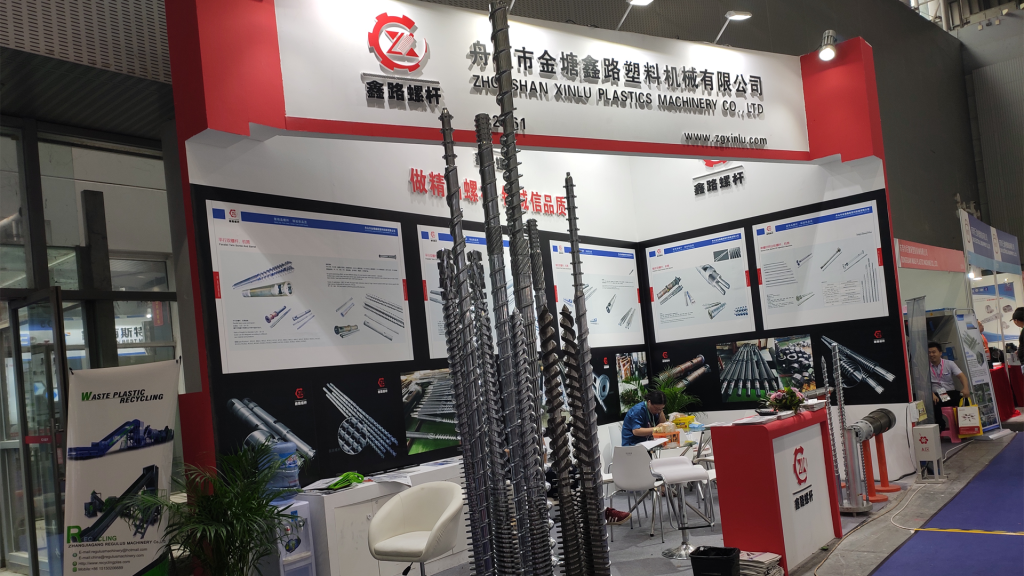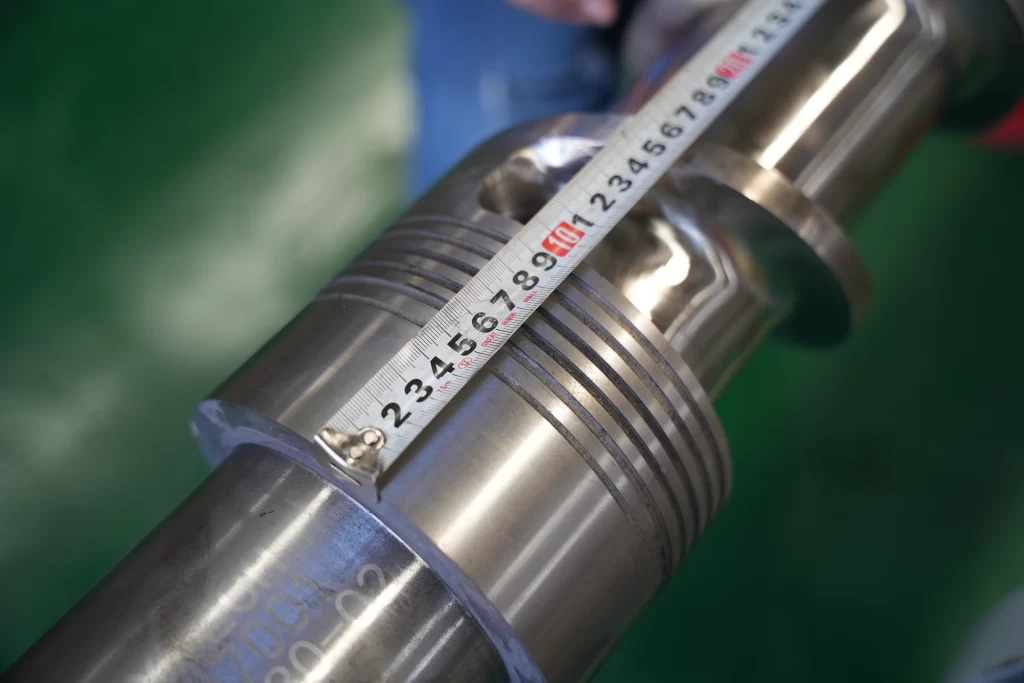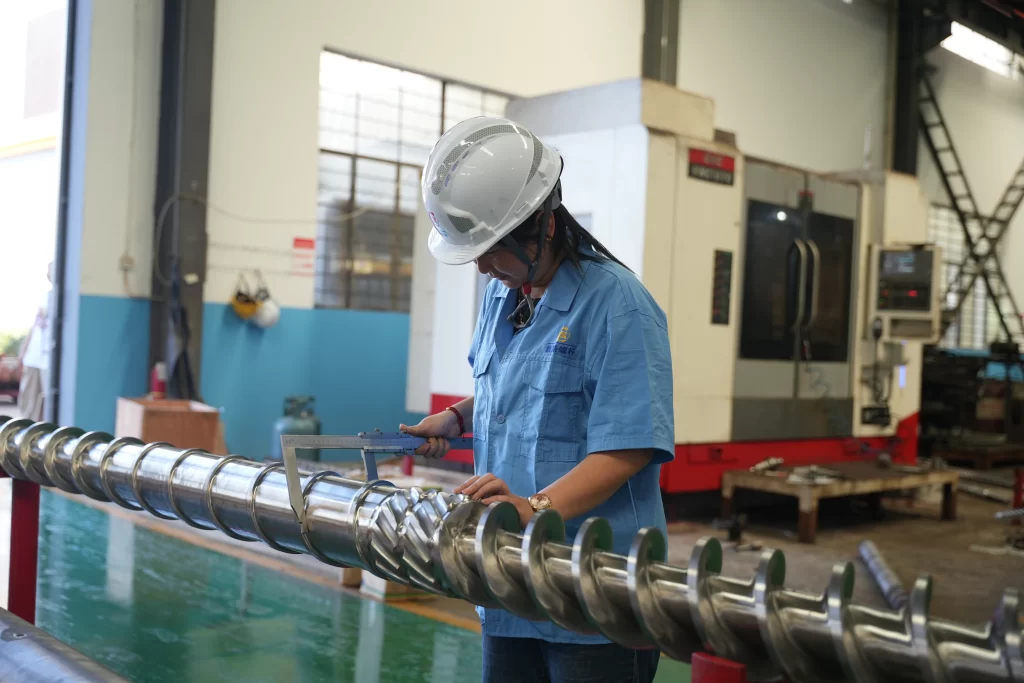In 2018, words such as “green, environmentally friendly, and recyclable” became hot words in the plastic industry. As plastic gradually integrated into every aspect of our lives, it also posed a significant threat to the ecological environment and even us.
So far, humans have produced 8 billion tons of plastic, and the plastic straws flowing into the ocean alone weigh 8 million tons each year. Whether it’s the whales and turtles swimming in the ocean, the seafood on our dining tables, or the salt in the seasonings on our tables, they are all affected by plastic pollution, and ultimately humans themselves are not immune.
What are the impacts of using a large amount of plastic products? Nowadays, more and more research is attempting to solve this puzzle, and many insider information is gradually being exposed to the public eye. Consumers and manufacturers are eager to pay attention to alternatives to plastics, and bioplastics seem to be emerging as a potential option.
What is bioplastics? Simply put, bioplastics refer to the use of biological materials such as plants as raw materials to replace petroleum, hence they are also known as bio based plastics. Specifically, it requires polylactic acid (PLA) from plants such as corn and sugarcane; Or polyhydroxyalkanoic acids (PHAs) synthesized by microorganisms. PLA plastic is commonly used in the food packaging industry; PHA plastics are more commonly used in medical equipment, such as sutures and cardiovascular repair materials. Due to the fact that PLA plastic is mostly produced by large factories producing ethanol and other products, it is currently a cheap and common bioplastic, and many plastic bottles, containers, and textiles on the market are made from it.
Although both the market and consumers favor this plastic as a substitute, does bioplastics have inherent value in reducing carbon emissions? But it has always been the focus of debate. In the eyes of some proponents of bioplastics, 8% of the world’s oil is used to make plastics. When plastics are discarded, it signifies the beginning of carbon emissions. However, during the degradation process of bioplastics, the carbon content released into the atmosphere is much lower because most of the carbon is absorbed by growing plants.
However, the matter is not so simple. In 2011, a research report from the University of Pittsburgh reported that some plants planted for the production of bioplastics were related to environmental pollution incidents, involving fertilizer and land use. In this world where resources are increasingly scarce, how to allocate the only resources is also the focus of verbal debate, and using corn as a plastic production material instead of food is the center of the debate.
In terms of post-processing, according to data, discarded bioplastics in reality face various fates, some of which, like most petroleum based plastics, are thrown into waste landfills, while others are sent to industrial composting plants.
In industrial composting, it is necessary to apply a sufficiently high temperature to allow microorganisms to complete their degradation. Without high-intensity heating, bioplastics cannot be effectively degraded on time, which is no different from sending them to landfills or composting them in their own backyard. In addition, if they eventually enter the marine environment, their impact is no different from that of petroleum based plastics, both of which will decompose into tiny fragments. This slow process will continue for decades and pose a deadly threat to marine life, just like any other.
“If PLA bioplastics are released into the ocean, they will not be effectively degraded. At that time, they will become a cancer of the ocean like all industrial polymers,” said a scholar.
Although there is still controversy in the current academic community and some organizations regarding the benefits of bioplastics, in recent years, under the framework of circular economy, many governments, enterprises, and researchers have been optimistic about the prospects of bioplastics and continue to explore in this field.

Tel: 86-13470016753









